A New Perspective of Canon EOS 60D
Texts and Photos by SHARKAWI CHE DIN for Canon Malaysia under Canon EOS Reviewer Program.
Overview of EOS 60D
This article highlights some views on the practicality of cameras in actual photographic environments. However, due to time limitations, testing and trial shootings were only carried out with Canon EOS 60D; thus, the features presented here are only associated with this model. The emphasis of this writing is on features that I used for the types of my photographic interest, including nature, macro, low-light and long exposures. Nevertheless, several improvements inherit from the previous Canon models are worth mentioning. Including the creative filters, in-camera RAW processing, electronic levelling, full HD movie recording, the 'M' mode for optimum control for video recording, an innovative Vari-Angle LCD and much more significant addition of features toward the contribution and improvement of the art of picture-taking.
This article highlights some views on the practicality of cameras in actual photographic environments. However, due to time limitations, testing and trial shootings were only carried out with Canon EOS 60D; thus, the features presented here are only associated with this model. The emphasis of this writing is on features that I used for the types of my photographic interest, including nature, macro, low-light and long exposures. Nevertheless, several improvements inherit from the previous Canon models are worth mentioning. Including the creative filters, in-camera RAW processing, electronic levelling, full HD movie recording, the 'M' mode for optimum control for video recording, an innovative Vari-Angle LCD and much more significant addition of features toward the contribution and improvement of the art of picture-taking.
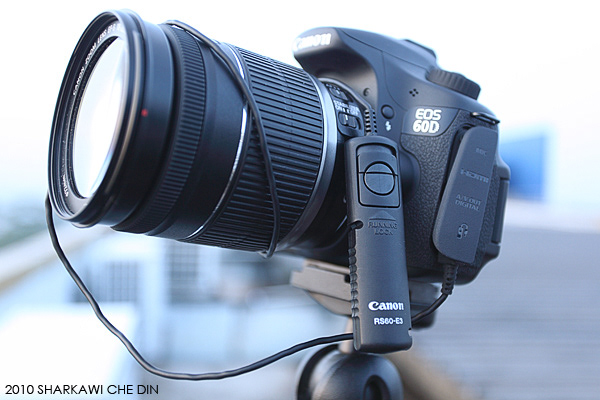
The 60D is a new perspective of digital photography
Practically, anyone using a DSLR can be considered a serious photographer and is typically interested in making high-quality photographic images. While the aesthetic skills related to understanding the art and design are essential, the latest improved technology will seamlessly complement both parties in producing excellent and publishable photographs. The lighter weight of the camera body of 755g, including battery and secure digital (SD) card, makes this camera perfect for outdoor activities, especially among travelers or anyone who prefers lighter equipment for convenience and simplicity. The lighter weight perhaps is due to the material used for the body of this camera which is polycarbonate resin with glass fiber on aluminums chassis.

Technical Improvements
Vari-Angle 3-inch ClearView LCD
Vari-Angle 3-inch ClearView LCD
The 60D continues the tradition by being the first in the history of EOS DSLR cameras equipped with a wide Vari-Angle 3-inch ClearView LCD screen with 1,040.000 dot/VGA resolutions with anti-flare and smudge-resistance coating. The Vari-Angle LCD offers unparalleled flexibility for photographers and videographers to achieve a creative angle and unique point-of-view quickly. The introduction of 60D was due to popular demands among photographers of various needs and requirements of photographic activities. The previous successor of 550D, 50D and 7D can fill the gaps, but the 60D has attractive features designed to penetrate various audiences with different photographic interests. The new technology and elements incorporated into this camera make perfect images effortless.
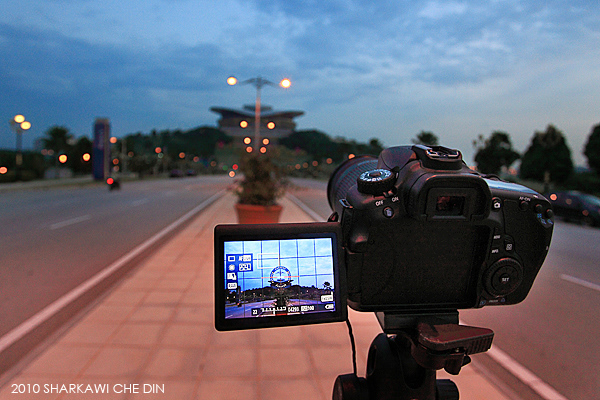
Multi-Control Dial
Another welcoming improvement of the EOS 60D is the new Multi-Control Dial which consists of a Multi-Controller and Set button positioned inside the Quick Control Dial. Additionally, a button on top of the mode dial can prevent accidental changes to the camera mode dial.
Another welcoming improvement of the EOS 60D is the new Multi-Control Dial which consists of a Multi-Controller and Set button positioned inside the Quick Control Dial. Additionally, a button on top of the mode dial can prevent accidental changes to the camera mode dial.
A New Perspective of Creativity
Creative Filters
Creative Filters
Built-in advanced creative features offered in the Canon EOS 60D is another significant value added to this readily reputable model, a powerful tool in a small package camera. The built-in Creative Filters comprises four special effect filters Grainy Black and White, Soft Focus, Toy Camera Effects and Miniature Effects. These filters can be applied in-camera to both original jpeg and RAW files. The processed data will be saved as new files retaining the original files for archiving.

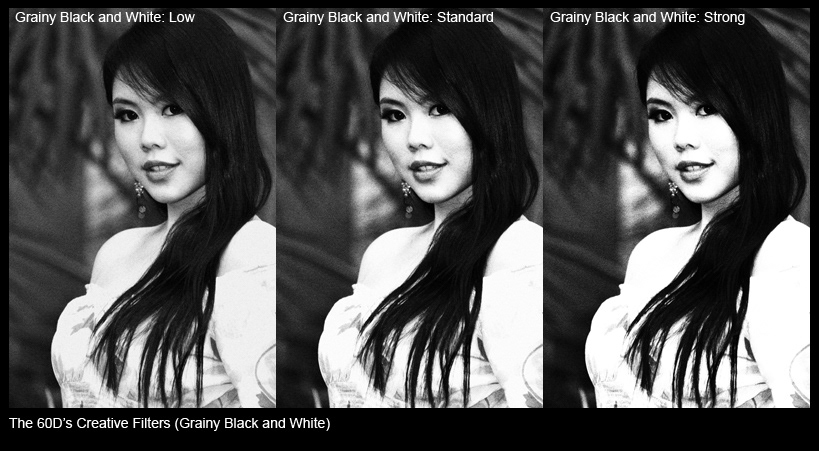

In-camera RAW image processing
For advanced users who are always under the pressure of tight deadlines, the in-camera RAW image processing allows photographers to process images without using personal computers. In addition to the RAW image processing, the Resize feature makes the process of downsizing original files for various online applications, including email attachments and varieties of internet applications, trouble-free and practical.
For advanced users who are always under the pressure of tight deadlines, the in-camera RAW image processing allows photographers to process images without using personal computers. In addition to the RAW image processing, the Resize feature makes the process of downsizing original files for various online applications, including email attachments and varieties of internet applications, trouble-free and practical.
HD movie recording
The HD movie recording facility is today's standard of Canon EOS System, and the 60D allows recording Full HD 1920 x 1080 at 24, 25 and 30 frames per second. The M mode for recording HD Movies provides complete control over any aspect of movie recording. Shooting movies can fulfil the creative needs for compelling and attractive storytelling embedded with a seamless artistic flow of video recording competencies, taking advantage of an entire lineup of EF lenses. Frame rates of 50 and 60 frames per second are also available should the photographer require specific purposes.
The HD movie recording facility is today's standard of Canon EOS System, and the 60D allows recording Full HD 1920 x 1080 at 24, 25 and 30 frames per second. The M mode for recording HD Movies provides complete control over any aspect of movie recording. Shooting movies can fulfil the creative needs for compelling and attractive storytelling embedded with a seamless artistic flow of video recording competencies, taking advantage of an entire lineup of EF lenses. Frame rates of 50 and 60 frames per second are also available should the photographer require specific purposes.
The built-in Speedlite Transmitter
The built-in Speedlite Transmitter is another valuable feature that provides maximum control for multi-flash photography. The 60D uses E-TTL II, producing good flash exposure for various subjects and conditions. An important note for photographers who use strobes for studio work is that the standard PC Sync terminal is not available in 60D.
The built-in Speedlite Transmitter is another valuable feature that provides maximum control for multi-flash photography. The 60D uses E-TTL II, producing good flash exposure for various subjects and conditions. An important note for photographers who use strobes for studio work is that the standard PC Sync terminal is not available in 60D.
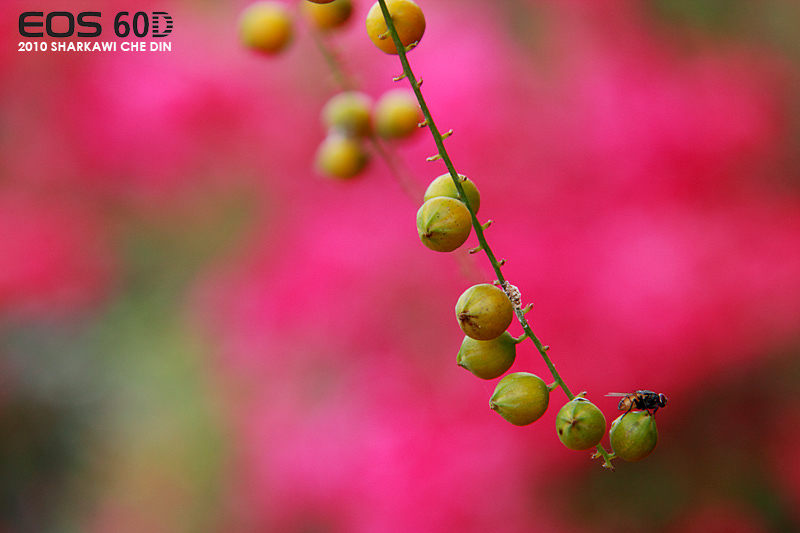
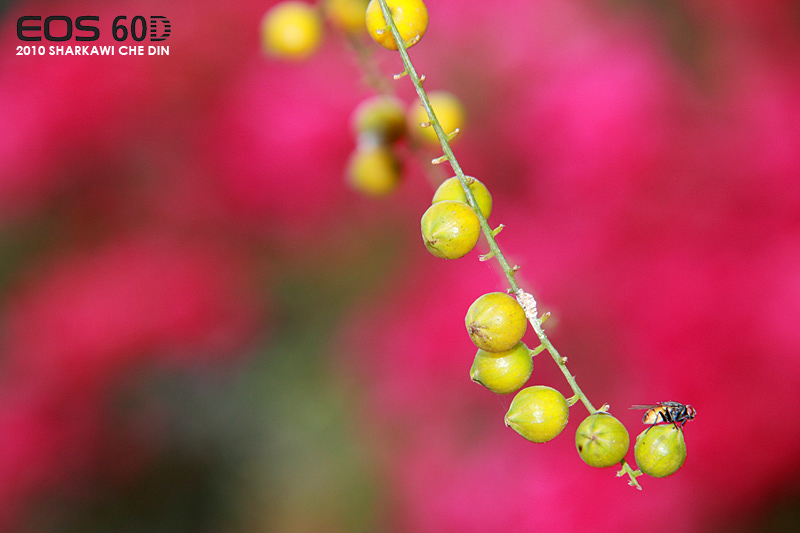
Electronic Level
Electronic Level, inherited from 7D, greatly facilitates horizontal and vertical-tilt correction to ensure each image is aligned perfectly in either direction. Recording sequential images for panoramic stitching will be much easier, ensuring images' correct position across the combined image. The horizontal tilt is displayed in a 1-degree increment, and the line color will change from red to green, indicating that the alignment is corrected within plus and minus one degree of margin of error.
Electronic Level, inherited from 7D, greatly facilitates horizontal and vertical-tilt correction to ensure each image is aligned perfectly in either direction. Recording sequential images for panoramic stitching will be much easier, ensuring images' correct position across the combined image. The horizontal tilt is displayed in a 1-degree increment, and the line color will change from red to green, indicating that the alignment is corrected within plus and minus one degree of margin of error.

Metering
The EOS 60D employs a 63-zone dual-layer Intelligent Focus, Color, and Luminance (iFCL) metering sensor (5D Mark II employs 35 zone metering sensor) for producing perfect and consistent exposure under various shooting conditions for every creative expression. The iFCL metering system takes color information from subjects for illumination and color analysis towards consistent and accurate results of different lighting conditions. The four metering modes available in 60D are Evaluative, Partial (6.5% of image frame at center), Centre-Weighted Averaging Metering and Spot (2.8% of the image frame). The five stops exposure compensation offered by 60D enables photographers to fine-tune the exposure for each subject based on their technical proficiency and individual artistic demands. The automatic exposure bracketing is also included in the camera to capture images in different directions. This feature is helpful for photographers to acquire extreme precision of exposure or advance digital image processing to create stunning realistic high dynamic range images.
The EOS 60D employs a 63-zone dual-layer Intelligent Focus, Color, and Luminance (iFCL) metering sensor (5D Mark II employs 35 zone metering sensor) for producing perfect and consistent exposure under various shooting conditions for every creative expression. The iFCL metering system takes color information from subjects for illumination and color analysis towards consistent and accurate results of different lighting conditions. The four metering modes available in 60D are Evaluative, Partial (6.5% of image frame at center), Centre-Weighted Averaging Metering and Spot (2.8% of the image frame). The five stops exposure compensation offered by 60D enables photographers to fine-tune the exposure for each subject based on their technical proficiency and individual artistic demands. The automatic exposure bracketing is also included in the camera to capture images in different directions. This feature is helpful for photographers to acquire extreme precision of exposure or advance digital image processing to create stunning realistic high dynamic range images.
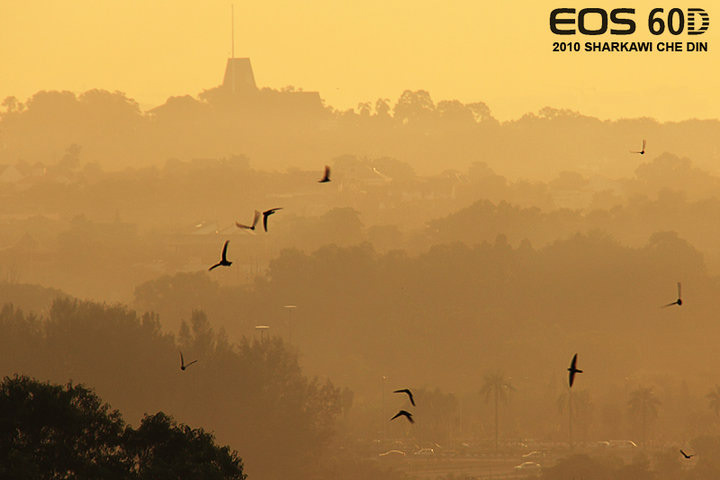
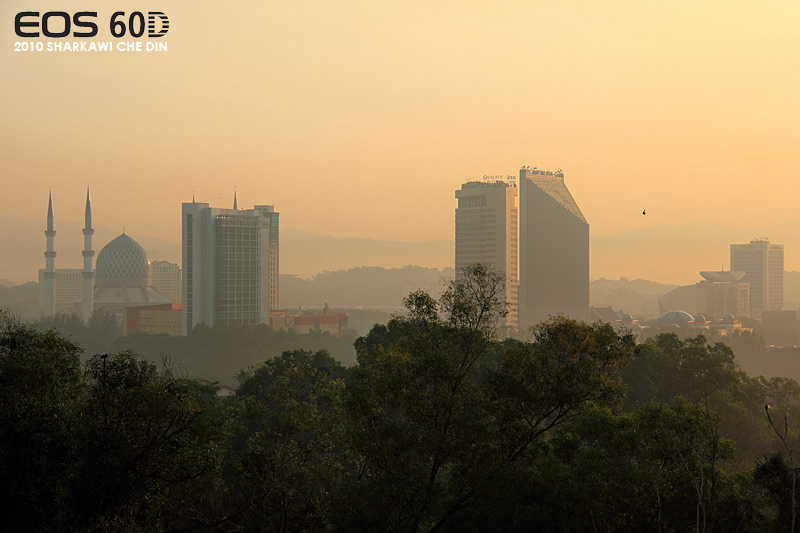
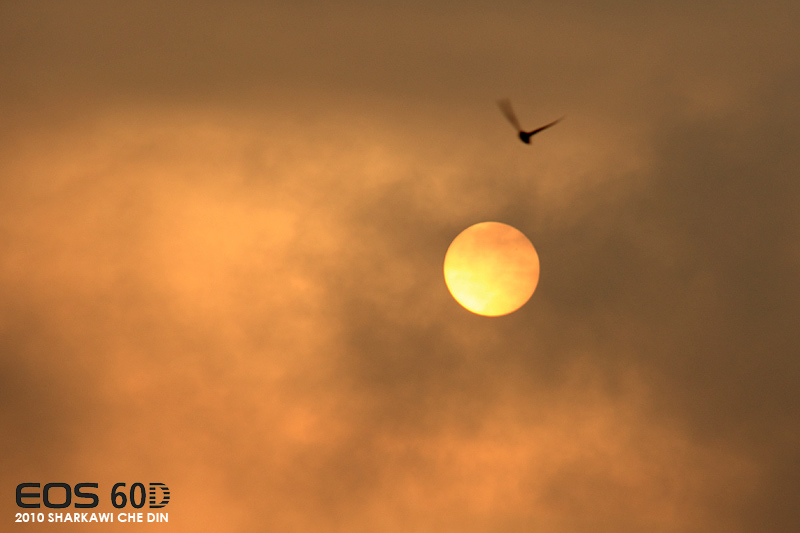

Focusing Points
Canon EOS 60D's nine cross-type AF points provide high precision focusing accuracy for every type of subject. However, these focus points seem too little for such an advanced body of 60D. More focusing points will be incredibly beneficial for shooters of fast-moving action activities. This new focusing point features f5.6-sensitive for all nine focusing points. The center focus point provides accurate focusing of fast-moving subjects, which is obtainable approximately one second after tracking the main issue before the focusing is successfully locked. Alternatively, shooting any static subject can be achieved almost instantly.
Canon EOS 60D's nine cross-type AF points provide high precision focusing accuracy for every type of subject. However, these focus points seem too little for such an advanced body of 60D. More focusing points will be incredibly beneficial for shooters of fast-moving action activities. This new focusing point features f5.6-sensitive for all nine focusing points. The center focus point provides accurate focusing of fast-moving subjects, which is obtainable approximately one second after tracking the main issue before the focusing is successfully locked. Alternatively, shooting any static subject can be achieved almost instantly.
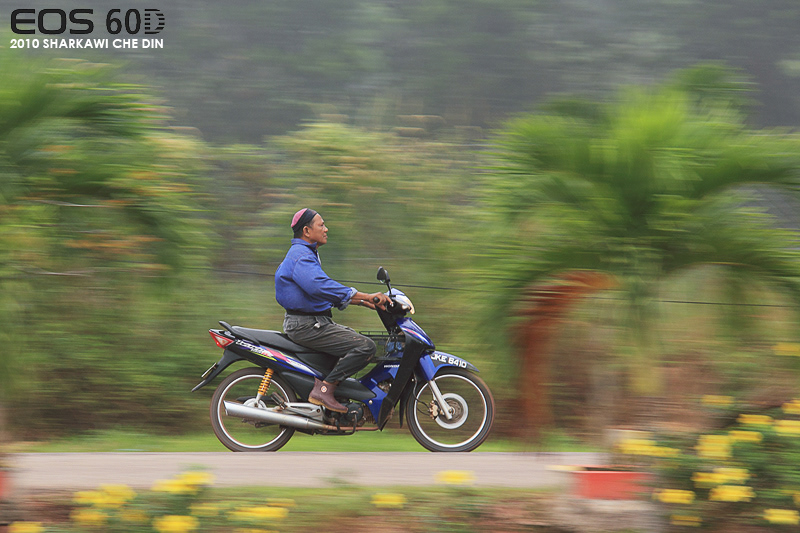
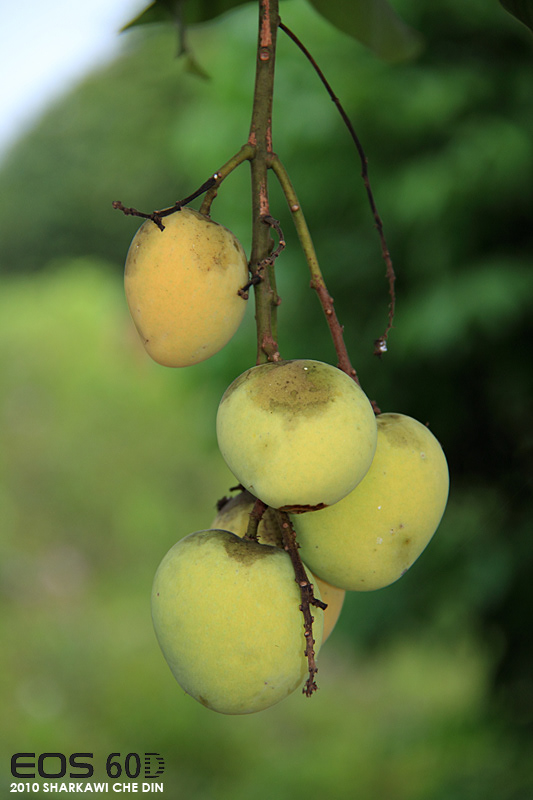
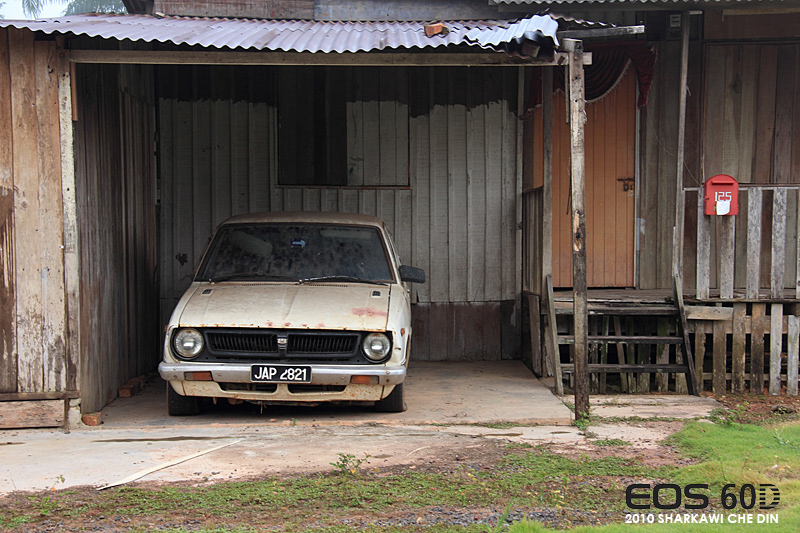
The imaging processor
The internal operation of the camera has also been improved by an 18.0MP APS-C-sized (1.6x lens crop factor) CMOS sensor. Coupled with the blazingly fast image rendering speed of a DIGIC 4 processor excels in capturing any subjects in any conditions with more excellent details. The 14-Bit processing provides accurate color reproduction with smoother tonal expression. Another significant internal feature of the 60D is the DIGIC 4 processing chip, which is the same processor for a higher-end camera model, including 5D Mark II, 7D and 1D Mark IV (except that 1D Mark IV uses a dual DIGIC 4 processor). This ensures an almost real-time display on the screen and its superiority in producing the most refined tonal rendition of images. The wide ISO range of 100-6400 (expandable to ISO12,800) provides more significant advantages for photographers shooting indoors with low-noise images for low-light subjects.
The internal operation of the camera has also been improved by an 18.0MP APS-C-sized (1.6x lens crop factor) CMOS sensor. Coupled with the blazingly fast image rendering speed of a DIGIC 4 processor excels in capturing any subjects in any conditions with more excellent details. The 14-Bit processing provides accurate color reproduction with smoother tonal expression. Another significant internal feature of the 60D is the DIGIC 4 processing chip, which is the same processor for a higher-end camera model, including 5D Mark II, 7D and 1D Mark IV (except that 1D Mark IV uses a dual DIGIC 4 processor). This ensures an almost real-time display on the screen and its superiority in producing the most refined tonal rendition of images. The wide ISO range of 100-6400 (expandable to ISO12,800) provides more significant advantages for photographers shooting indoors with low-noise images for low-light subjects.
Burst rate
The continuous shooting speed of 5.3 frames per second (fps) is suitable for capturing sequential fast-moving subjects for sports and motorsports activities. The maximum burst rates of 58 Large/Fine JPEG files are much-anticipated inclusion of flexibility for those who are into action photography or photojournalism.
Battery Life
Another worth mentioning improvement is that the 60D uses the same battery pack as 7D and 5D Mark II, making it more economical for users of previous models to purchase the 60D as a second body. Unfortunately, the battery of the last camera model of 20D, 30D, 40D and 50D is incompatible with 60D. A fully charged battery pack can capture 1,600 or 1,100 shots with flash. This is excellent news for photographers working on outdoor assignments or in remote areas. However, this number varies depending on the shooting style. Using Live-View display and movie recording are among activities that will drain the battery power quickly.
Another worth mentioning improvement is that the 60D uses the same battery pack as 7D and 5D Mark II, making it more economical for users of previous models to purchase the 60D as a second body. Unfortunately, the battery of the last camera model of 20D, 30D, 40D and 50D is incompatible with 60D. A fully charged battery pack can capture 1,600 or 1,100 shots with flash. This is excellent news for photographers working on outdoor assignments or in remote areas. However, this number varies depending on the shooting style. Using Live-View display and movie recording are among activities that will drain the battery power quickly.
Achieving consistent images with Canon's Picture Style
One of the appealing features of the Canon EOS is its ability to achieve consistent image quality in terms of the 'outlook' of images across Canon EOS models. The consistent results can be achieved by customizing Canon's Picture Style. Therefore, previous users of EOS digital cameras can maintain their style regardless of which model is used. The standard picture styles provided within all EOS cameras include Standard, Portrait, Landscape, Neutral, Faithful, Monochrome and three other custom parameters you could develop over the years of your photographic career. All picture style characteristics are achieved directly in the camera without requiring extensive post-processing. Alternatively, the Picture Style can be incorporated now into the camera or after the files are transferred into the Canon DPP software. The Picture Style is an essential feature among EOS photographers who use multiple cameras to deliver the highest quality images.
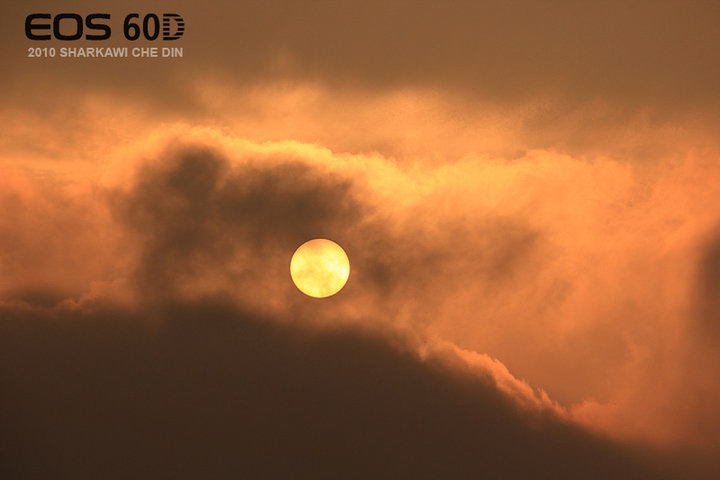
Canon Digital Photo Professional software
The Digital Photo Professional (DPP) is high-performance but often neglected RAW image processing, viewing and editing software for EOS DIGITAL cameras that provides excellent processing parameters for RAW files captured by EOS digital cameras. The Digital Photo Professional (DPP) software allows significant processing attributes to be performed precisely and effortlessly. In addition to the standard processing and editing of RAW files and advanced adjustment inclusive of exposure, white balance, contrast, hue, sharpness and more), the DPP also provides a processing function for auto lighting optimizer, noise reduction options, lens aberration correction, trimming, angle adjustment, automatic dust erasure processing and dust spot removal. All processing parameters applied to an individual file can save as a recipe for future use, and the batch processing function makes the conversion of RAW files a breeze.
The Digital Photo Professional (DPP) is high-performance but often neglected RAW image processing, viewing and editing software for EOS DIGITAL cameras that provides excellent processing parameters for RAW files captured by EOS digital cameras. The Digital Photo Professional (DPP) software allows significant processing attributes to be performed precisely and effortlessly. In addition to the standard processing and editing of RAW files and advanced adjustment inclusive of exposure, white balance, contrast, hue, sharpness and more), the DPP also provides a processing function for auto lighting optimizer, noise reduction options, lens aberration correction, trimming, angle adjustment, automatic dust erasure processing and dust spot removal. All processing parameters applied to an individual file can save as a recipe for future use, and the batch processing function makes the conversion of RAW files a breeze.
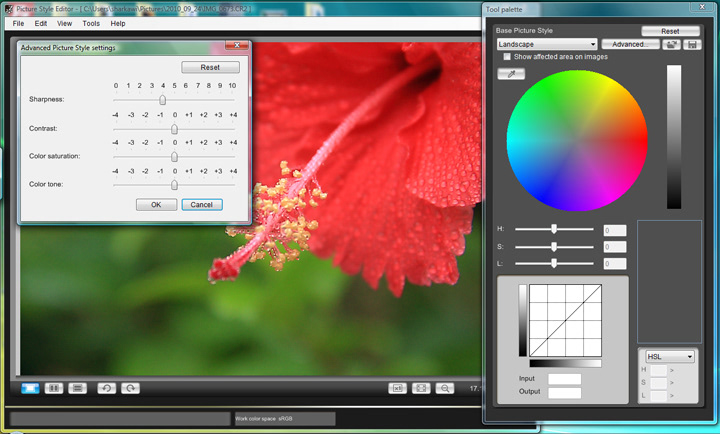
Conclusions
The EOS 60D is a camera for photographers of various skills capable of producing excellent quality images. Videographers will benefit from the camera's superiority in recording full-resolution HD movies. Users who use EOS DSLR for the first time will greatly benefit from the user-friendly interface for easy navigation for still images and video recording. To be better acquainted with the technical terms and functions of every menu, reading the instruction manual of EOS 60D is strongly recommended. Students enrolling in photography courses may find the intuitive body design equipped with higher-end features is well suited to their limited budget and requirements for learning activities. Photography lecturers will appreciate the simplicity and versatility of the camera that contributes to teaching and learning activities which can be more engaging. Serious hobbyists can now considerably take advantage of the incorporated high-end features that are typically available for pro-level camera models at a significantly bargained price. Professional photographers looking for a backup camera body will appreciate the superior image quality produced by the 60D. The built-in flash transmitter allows portrait and wedding photographers to use multiple flash set-ups for extensive control over the flash outputs.
The EOS 60D is a camera for photographers of various skills capable of producing excellent quality images. Videographers will benefit from the camera's superiority in recording full-resolution HD movies. Users who use EOS DSLR for the first time will greatly benefit from the user-friendly interface for easy navigation for still images and video recording. To be better acquainted with the technical terms and functions of every menu, reading the instruction manual of EOS 60D is strongly recommended. Students enrolling in photography courses may find the intuitive body design equipped with higher-end features is well suited to their limited budget and requirements for learning activities. Photography lecturers will appreciate the simplicity and versatility of the camera that contributes to teaching and learning activities which can be more engaging. Serious hobbyists can now considerably take advantage of the incorporated high-end features that are typically available for pro-level camera models at a significantly bargained price. Professional photographers looking for a backup camera body will appreciate the superior image quality produced by the 60D. The built-in flash transmitter allows portrait and wedding photographers to use multiple flash set-ups for extensive control over the flash outputs.
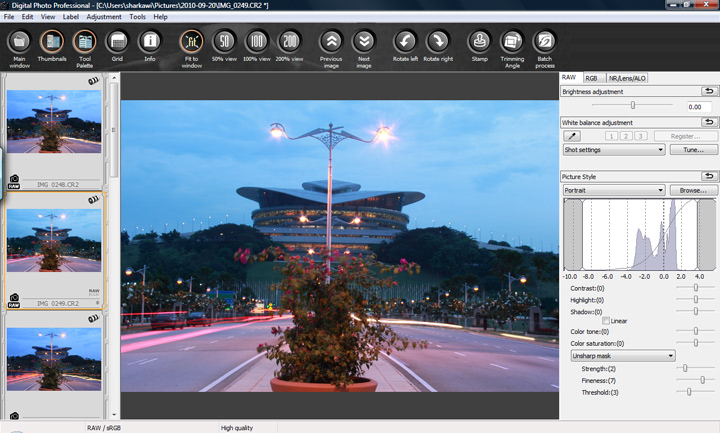
This text was initially published and written on 29 September 2010 for Canon Malaysia: All images were captured with EOS 60D with EF-S 18-200mm courtesy of Canon Malaysia.


